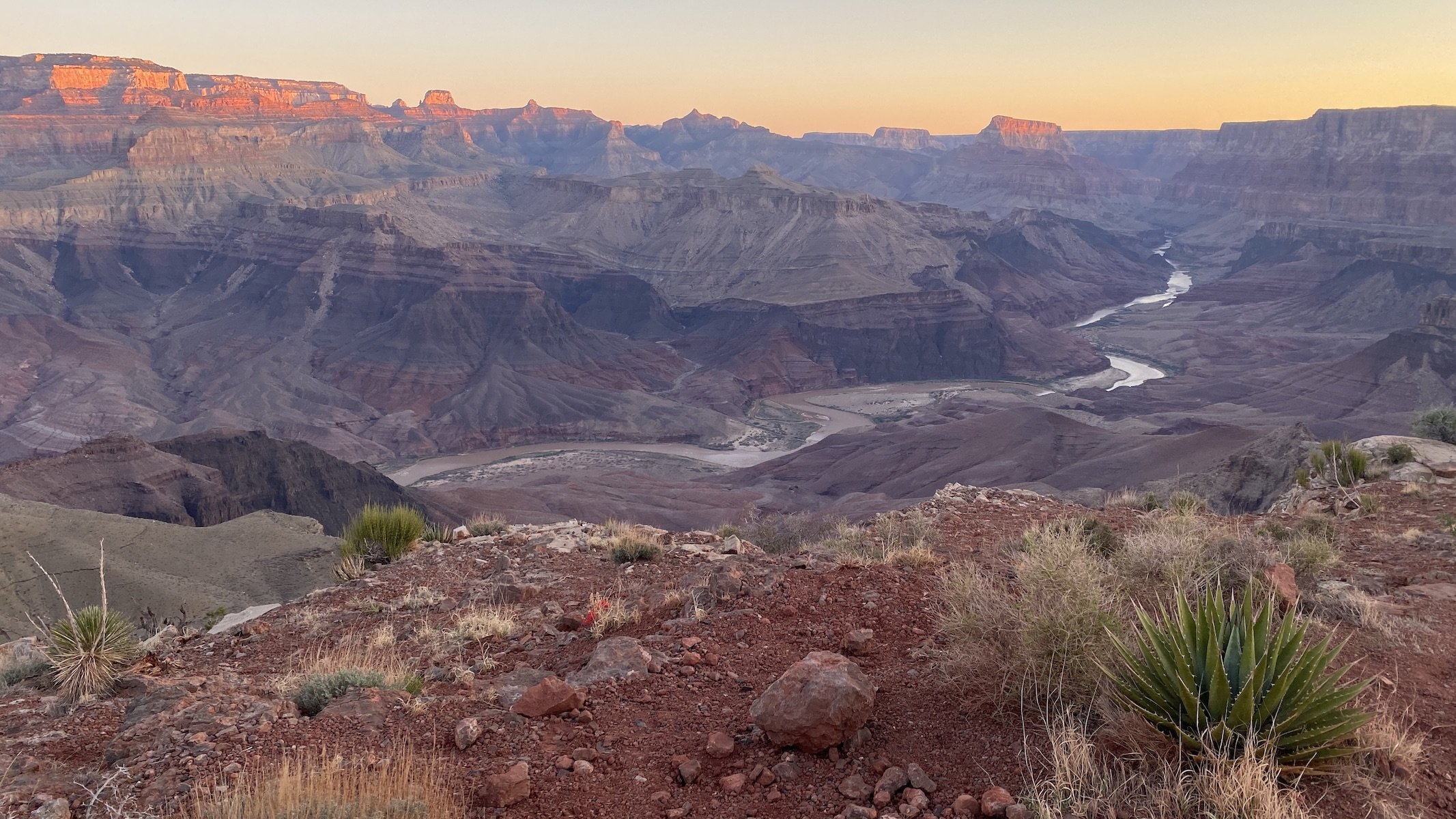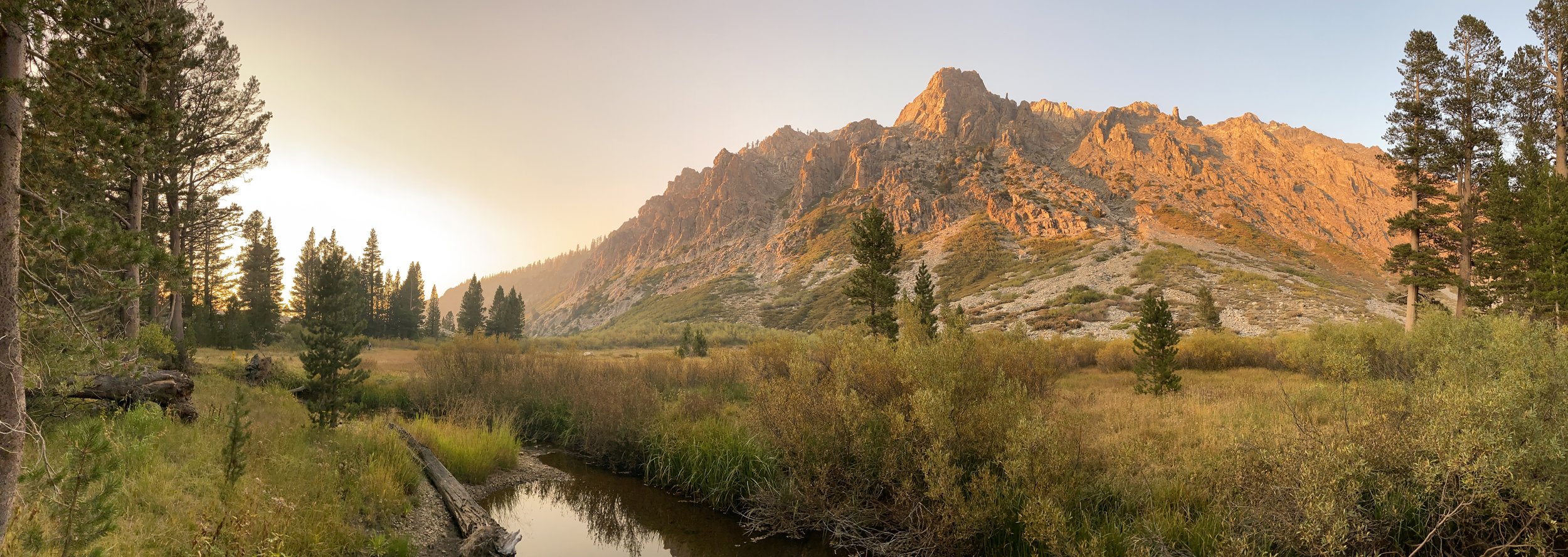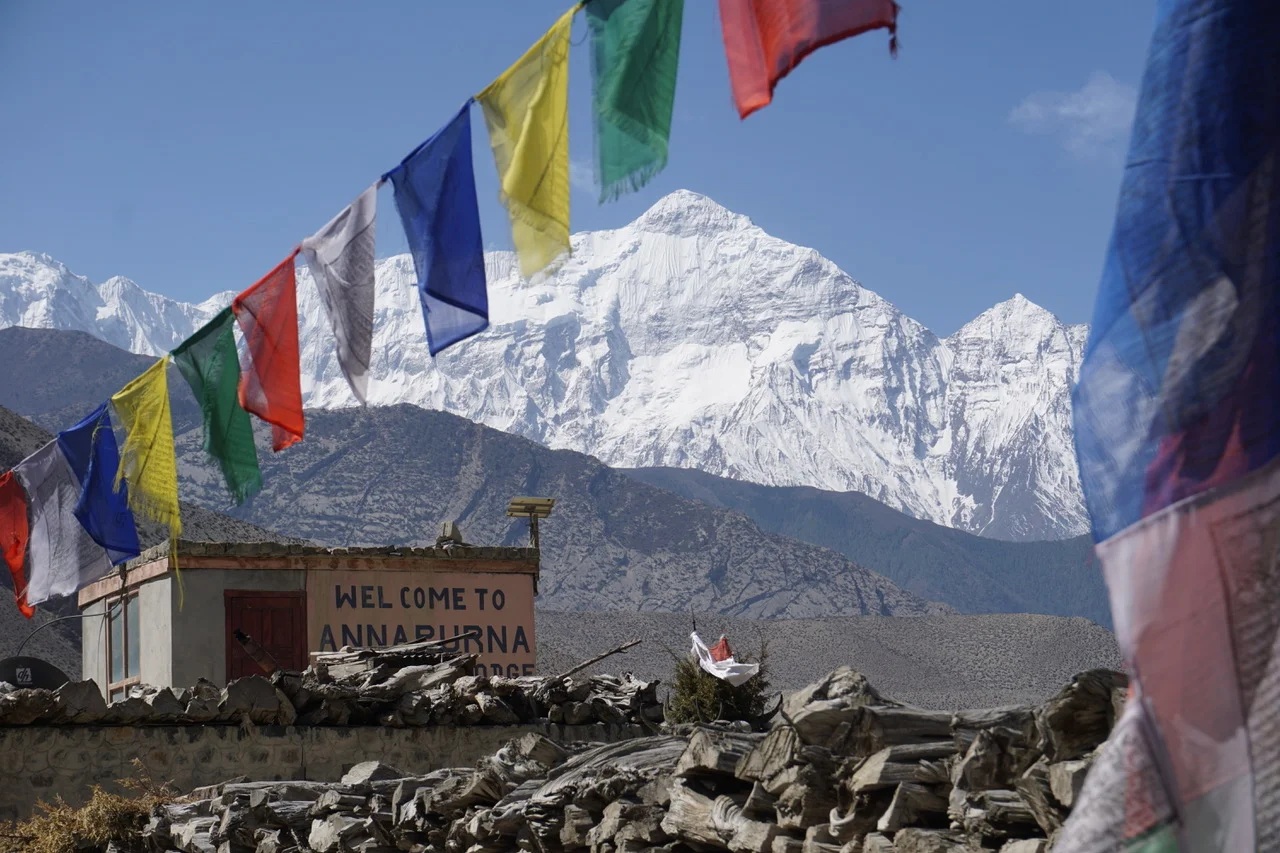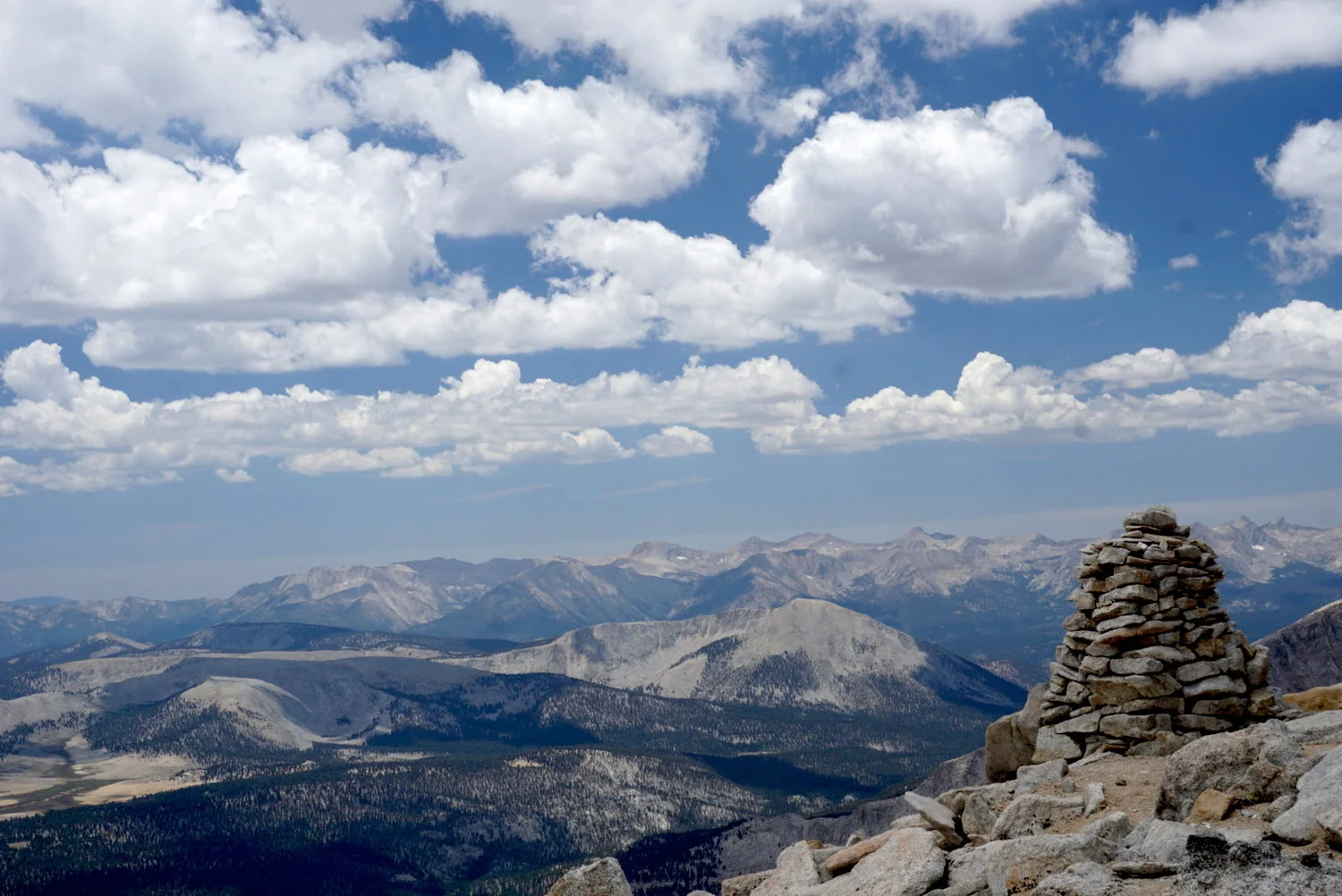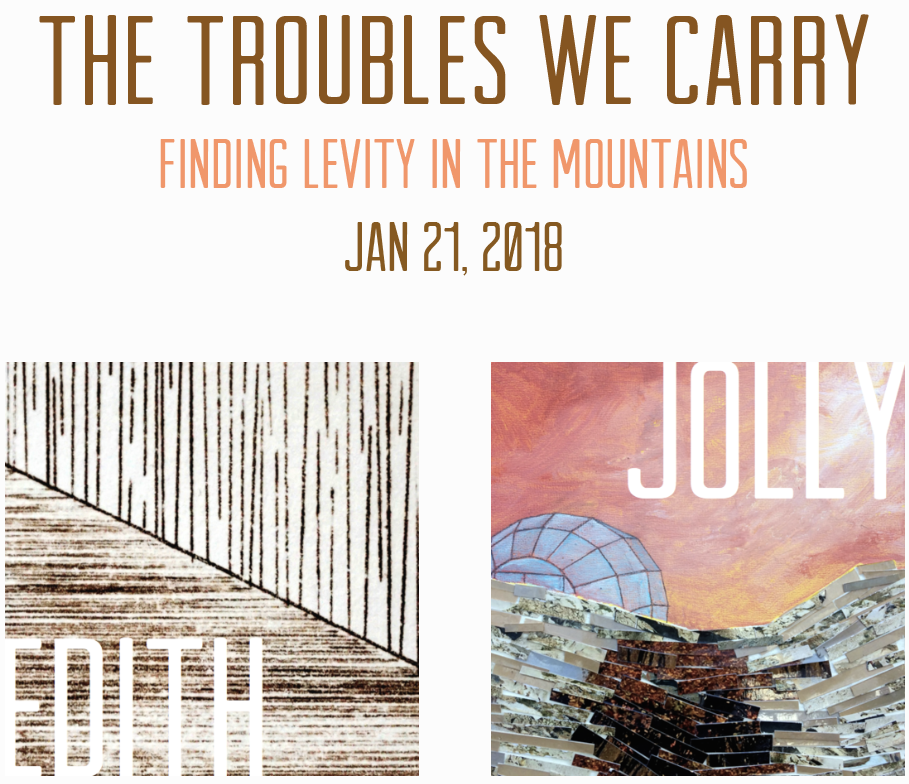A few years ago we found ourselves in Grand Canyon during the last week of April. We tried for and were issued a walk-up permit to backpack down into the Canyon, spending a few blissful days and nights soaking in its grandeur. Right then and there we got hooked on the splendor and intimacy of a trek below the rim. And so every last week of April since, we have made it a point to return to that big crack in the earth and tackle a below-the-rim route.
Read MoreTemple Crag (12,976') towering over the milky-turquoise waters of Second Lake (10,159')
Hooves on the Ground: The Palisades
Just four hours from Los Angeles and a few miles in by trail lies a stunning landscape of 14,000-foot mountains, milky-turquoise lakes, and the largest glacier in the Sierra Nevada. We visited in mid-September and were at once humbled by the beauty, enormity and variety of features within easy reach for even a beginning backpacker.
Read MoreHooves on the Ground: Yosemite and the Eastern Sierra
Summer is the perfect season to visit the Sierra Nevada Mountains. The famous Range of Light, as John Muir called it, is 400 miles long -- from Tehachapi Pass in Kern County to the south, to Fredonyer Pass in Lassen County to the north. The Sierra is home to three national parks (Yosemite, Sequoia and Kings Canyon), 20 wilderness areas, and many notable features, including Lake Tahoe and Mount Whitney (highest point in the contiguous US).
For a buck like me, exploring the Sierra is like going home. Much of the range is mule deer habitat, so traveling around the mountains with E+J didn't turn any heads -- though I did have to pack away my smoking jacket for this trip.
Read More
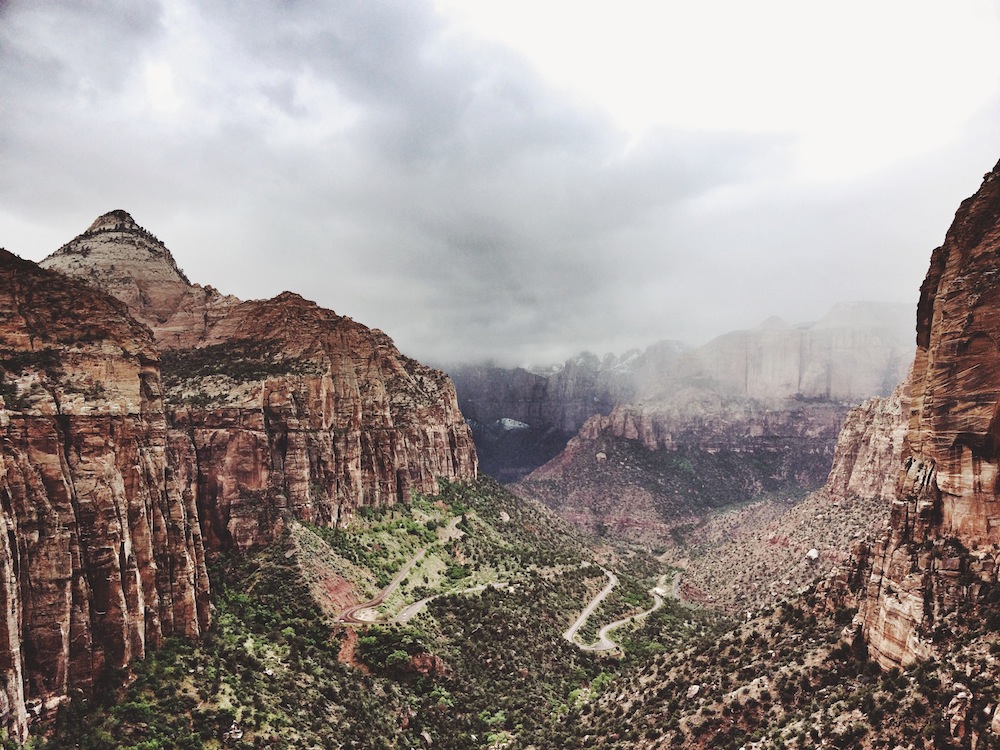
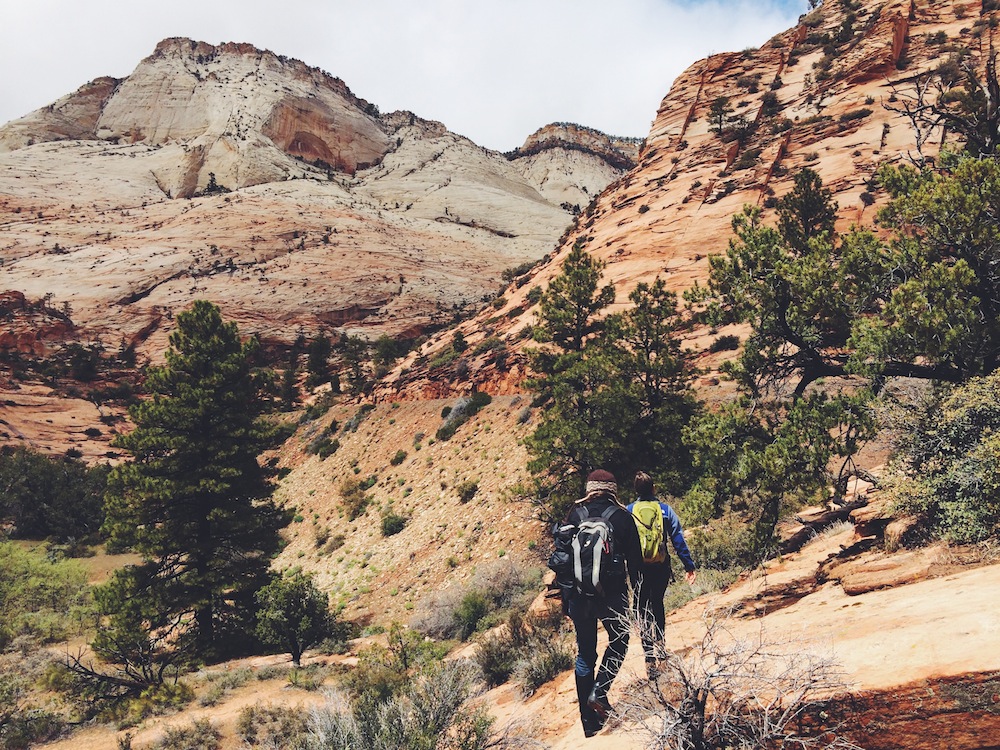

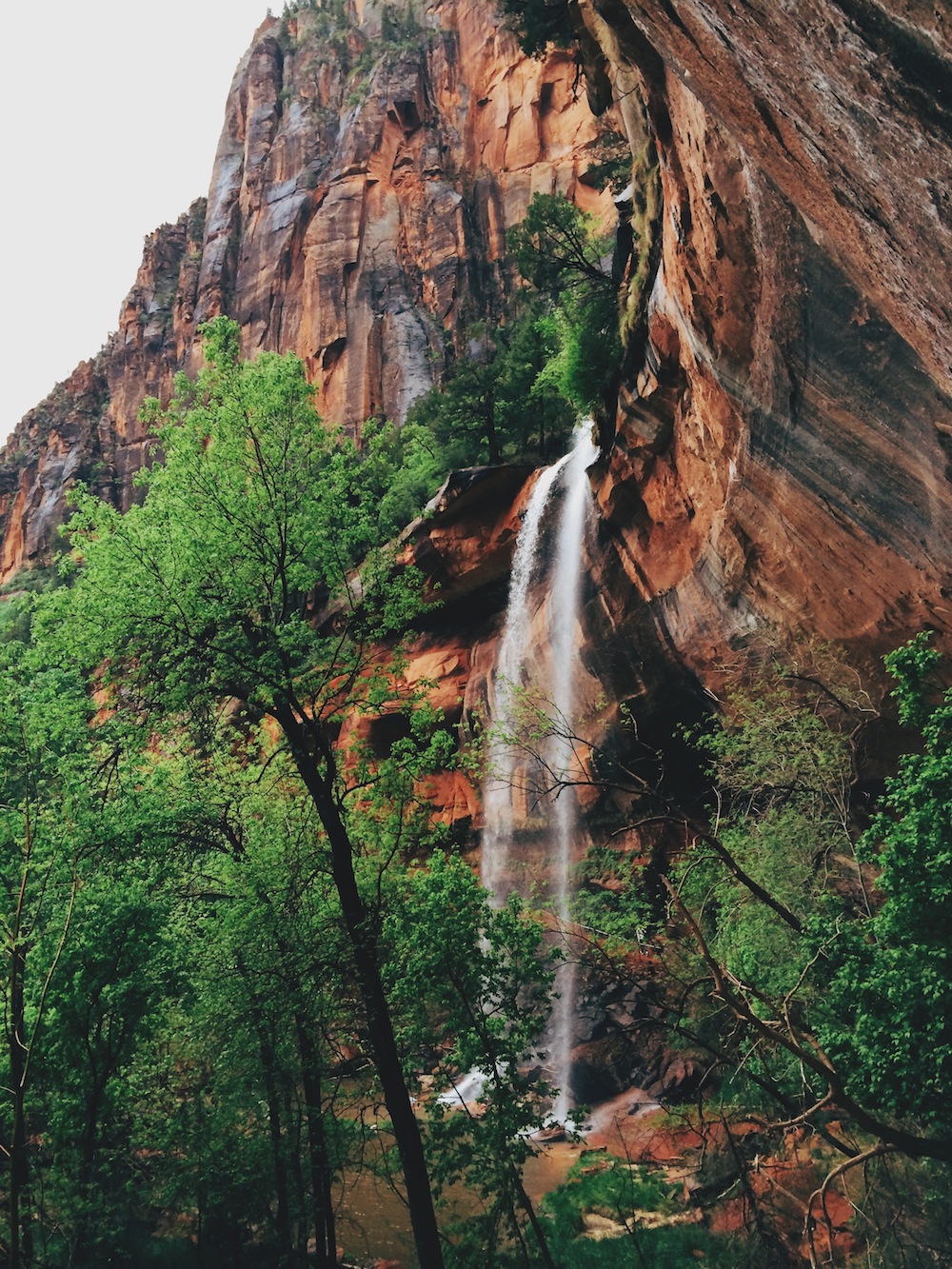
Hooves on the Ground: Zion and Grand Canyon National Park
Edith, Jolly and I found ourselves visiting two Southwest canyons in the Colorado Plateau this time: Zion National Park, in southwestern Utah, and Grand Canyon, in northern Arizona. In Zion, one looks up the canyon walls, while at the Grand Canyon one looks down into the landscape. I absolutely love traveling in this part of the country, because no one ever gives a second look when they see a buck roaming around. There are plenty of other native mule deer around to distract the bipeds.
Read More





